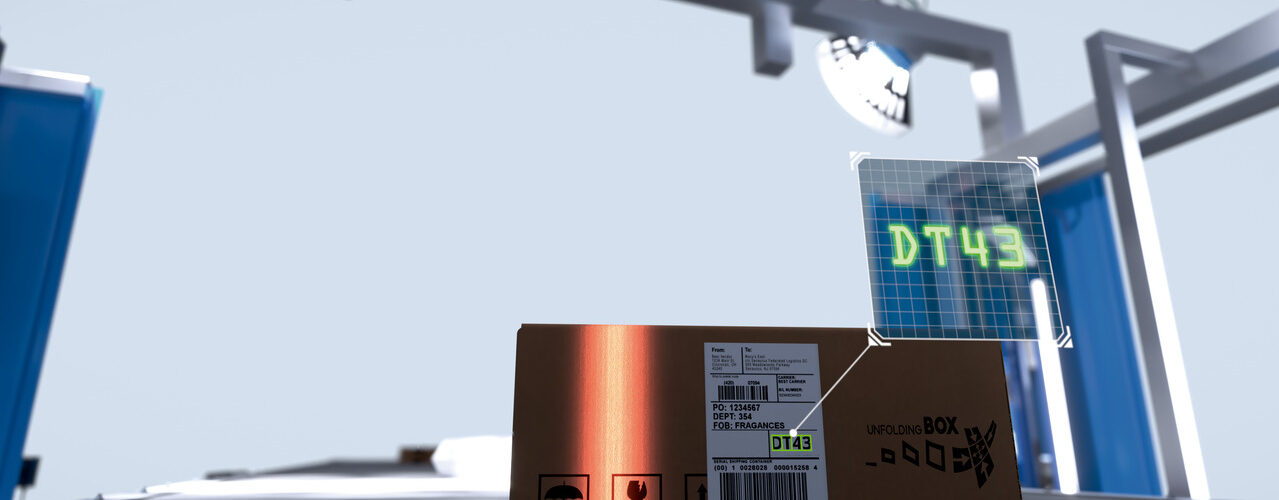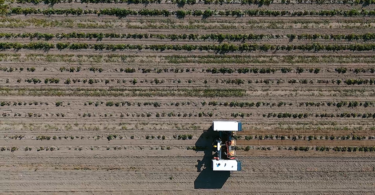What are the GS1 Standards and how does this impact your operations?
The automation industry is evolving, and so are the standards that drive it. Are you keeping up with the changes? To enhance consumer experience, the retail and consumer goods industries are transitioning from 1D barcodes to 2D barcodes, like QR codes. The Industry Global Joint Statement from GS1 aims for widespread adoption of QR codes with GS1 standards by the end of 2027.
So, what does this mean for you? It’s time to upgrade your hardware. You might be wondering, “Who can help me with this?” That’s where we come in. SICK has the hardware you need and the compliance expertise to ensure you’re not only adhering to standards but also up and running by the 2027 deadline. Don’t wait until the last minute to upgrade!
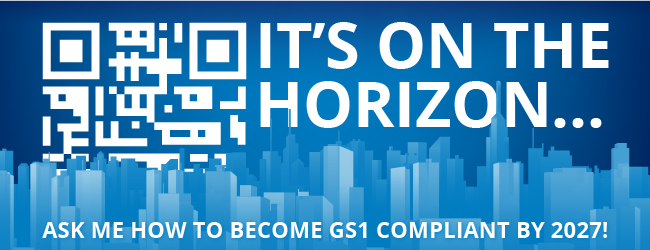
Before we dive into the details, let’s explore what the new standards entail, what you need to know about upgrading, and how we can help you stay ahead of the curve and maintain compliance with GS1 standards.
What are GS1 Standards?
GS1 standards are globally recognized guidelines that facilitate the identification, capture, and sharing of information across the supply chain. GS1 US®, a member of GS1® global, is a not-for-profit information standards organization that fosters industry collaboration to improve supply chain visibility and efficiency using GS1 Standards, the most widely used supply chain standards system in the world.
GS1 standards provide a common language for businesses to identify, capture, and share information about products, locations, assets, and more. By leveraging GS1 Standards, organizations can utilize accurate and robust information, ensuring that the right product is in the right place at the right time, and allowing consumers to easily find the products they need.
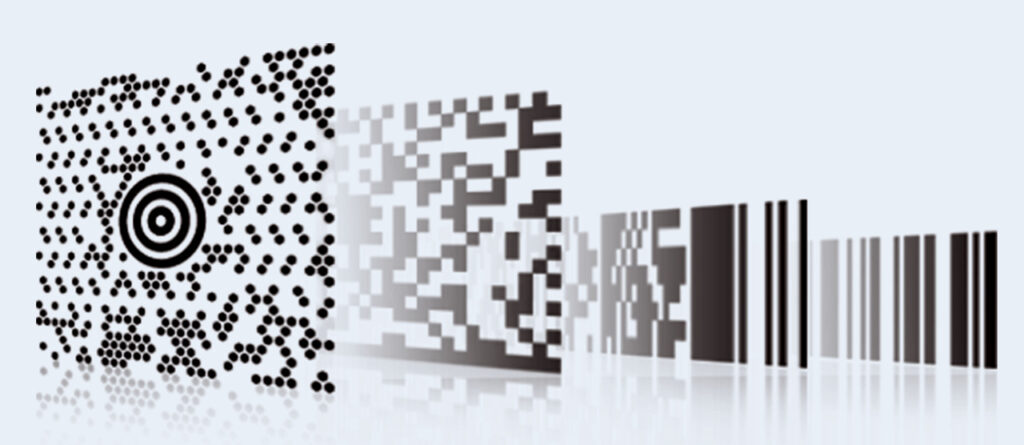
Think of GS1 Standards as a product’s data “DNA”—the essential building block that connects an item with all its related information. From this foundation, companies of all sizes are developing even better ways to conduct business. This includes solutions based on GS1 global unique numbering and identification systems, barcodes, Electronic Product Code-based RFID, data synchronization, and electronic information exchange.
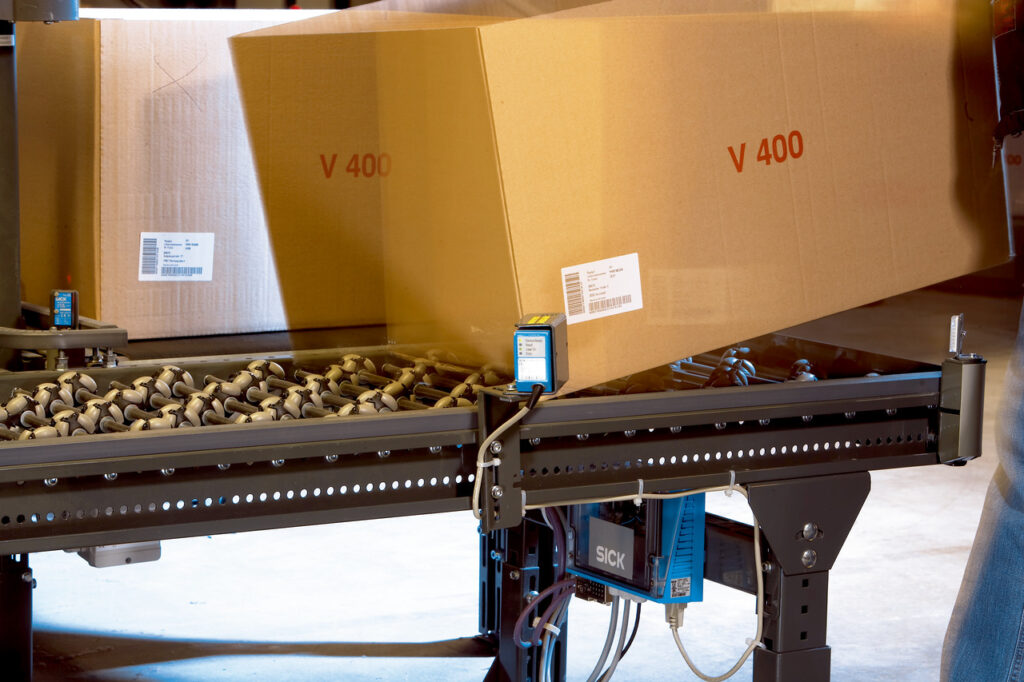
Role in Global Supply Chain Standards
GS1 standards play a crucial role in ensuring efficiency, accuracy, and interoperability in the global supply chain. They provide unique identifiers for products, locations, and assets, allowing each item to be accurately tracked and traced throughout the supply chain. By using barcodes and RFID tags, GS1 standards enable the automatic capture of data, reducing manual entry errors and speeding up processes. These standards also facilitate the seamless sharing of information between trading partners, ensuring that all parties have access to accurate and up-to-date information.
Moreover, GS1 standards help companies comply with regulatory requirements and improve traceability, which is essential for food safety, pharmaceutical security, and other critical areas. By standardizing processes and improving data accuracy, these standards contribute to cost reduction and increased efficiency across the supply chain. Additionally, they ensure that systems and processes are compatible across different countries and industries, enabling global trade and collaboration.
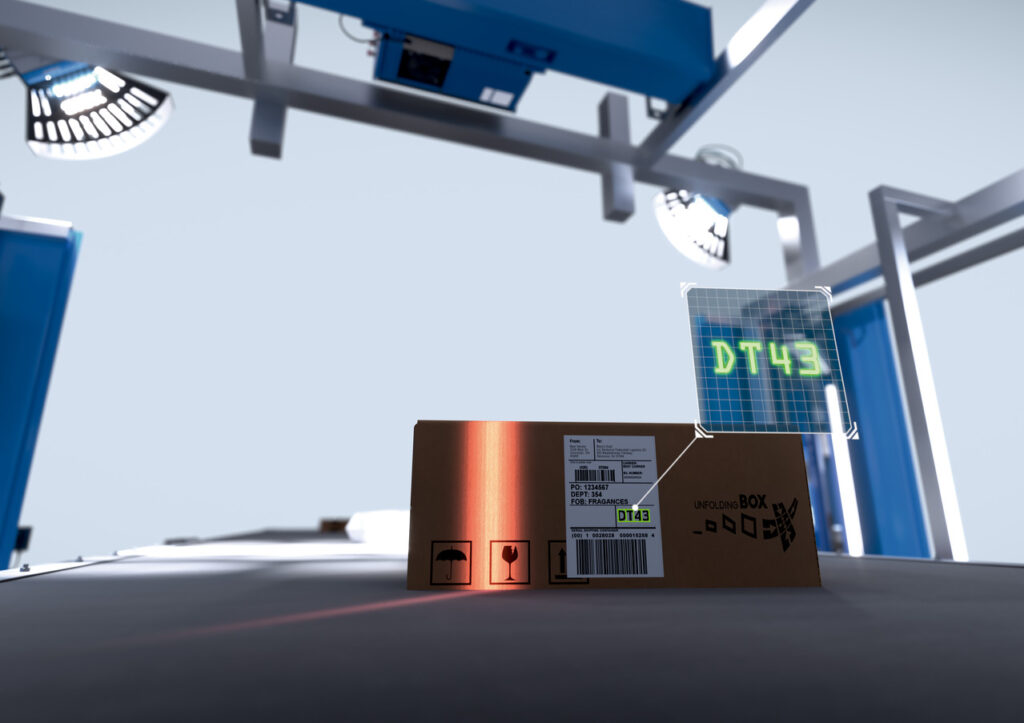
Key Aspects of Sunrise 2027
The companies of the GS1 Management Board have agreed that transitioning to QR Codes with GS1 standards is essential for the overall success of the industry. This initiative, often referred to as Sunrise 2027, marks a significant milestone in transitioning from traditional 1D barcodes to 2D barcodes, such as Data Matrix and QR codes, by the end of 2027. This initiative aims to enhance the efficiency and accuracy of data capture across various industries, addressing the growing demand for more detailed and accessible product information. This innovative and forward-looking response addresses today’s business and consumer needs.
For Sunrise 2027 to succeed, the industry must come together to adopt a unified approach, requiring changes from both retailers and manufacturers. This transition is expected to happen gradually, and those who lead this transformation will be best positioned to unlock valuable new capabilities and provide more benefits to their customers, shoppers, and consumers.
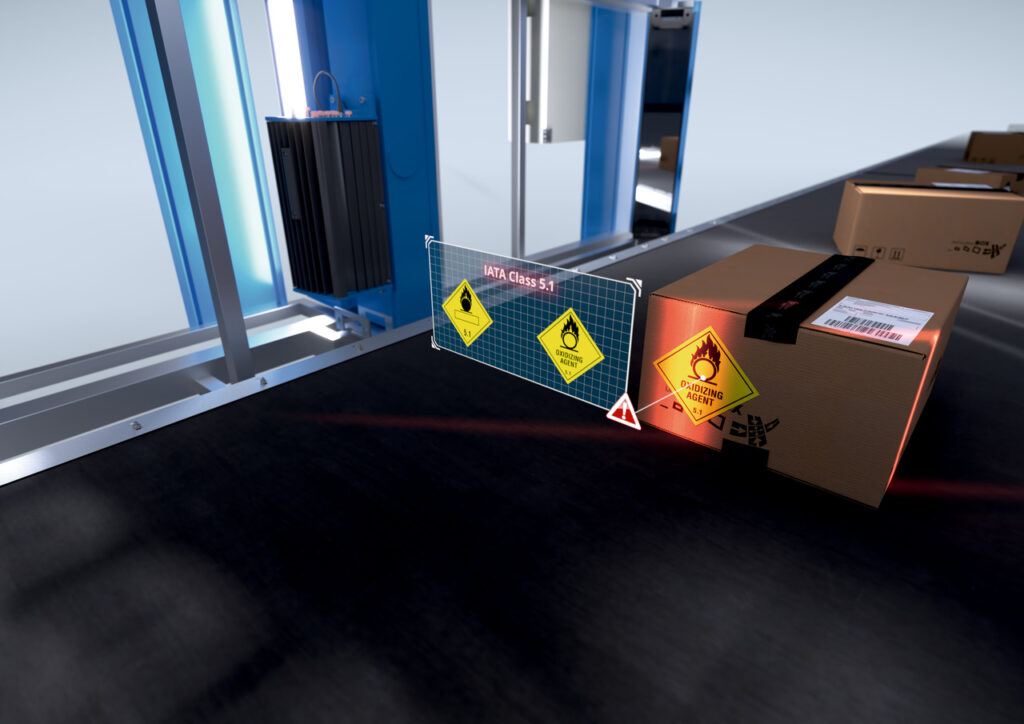
Why Transition to 2D Barcodes
The transition to 2D barcodes brings several advantages. Firstly, 2D barcodes offer enhanced data capacity, allowing them to store much more information compared to traditional 1D barcodes, including product details, batch numbers, expiration dates, and more.
Whether you’re a brand owner, regulator, distributor, retailer, or consumer, we all need more of the right product data in the right place. The standard barcode, like the EAN/UPC, only holds basic product identification – and stakeholders and consumers need more.
Two-dimensional (2D) barcodes create endless possibilities. They hold more data and provide consumers and key stakeholders with more of the information they need, when they need it.
Additionally, 2D barcodes improve scanning efficiency as they can be scanned from any angle, reducing the time and effort required for accurate data capture. 2D barcodes can link to online resources, providing consumers with additional information such as nutritional details, allergens, and sustainability data with a single scan. Their enhanced data capacity and connectivity make them ideal for integration with Internet of Things (IoT) devices and blockchain technology, enabling real-time tracking and verification.


